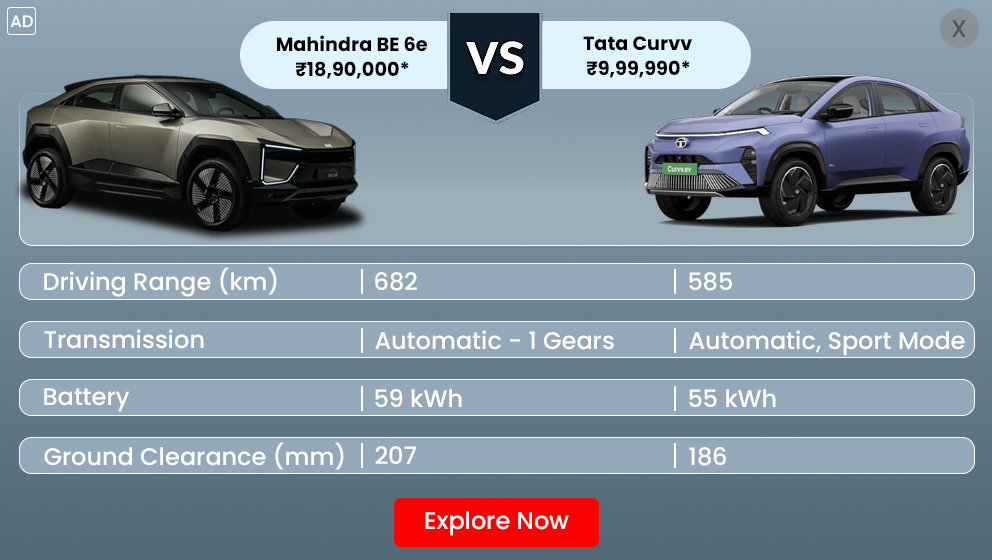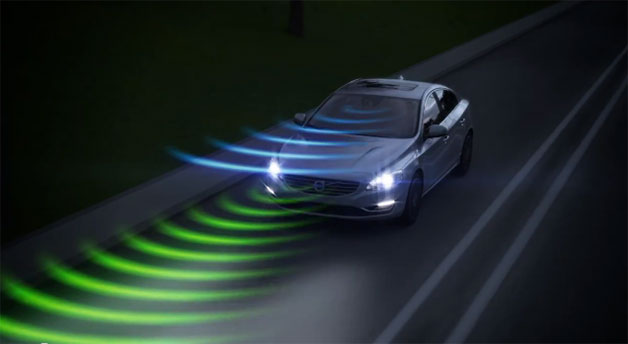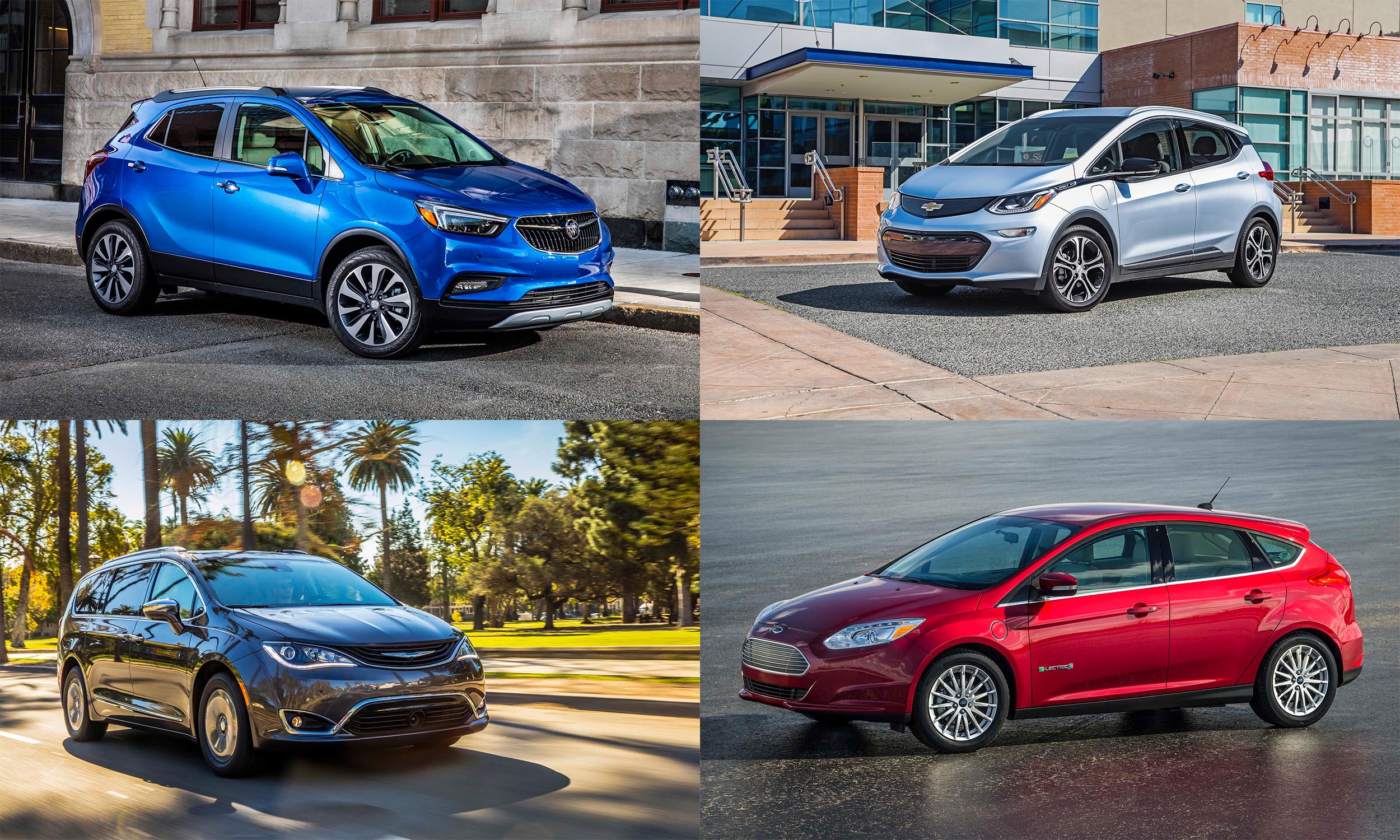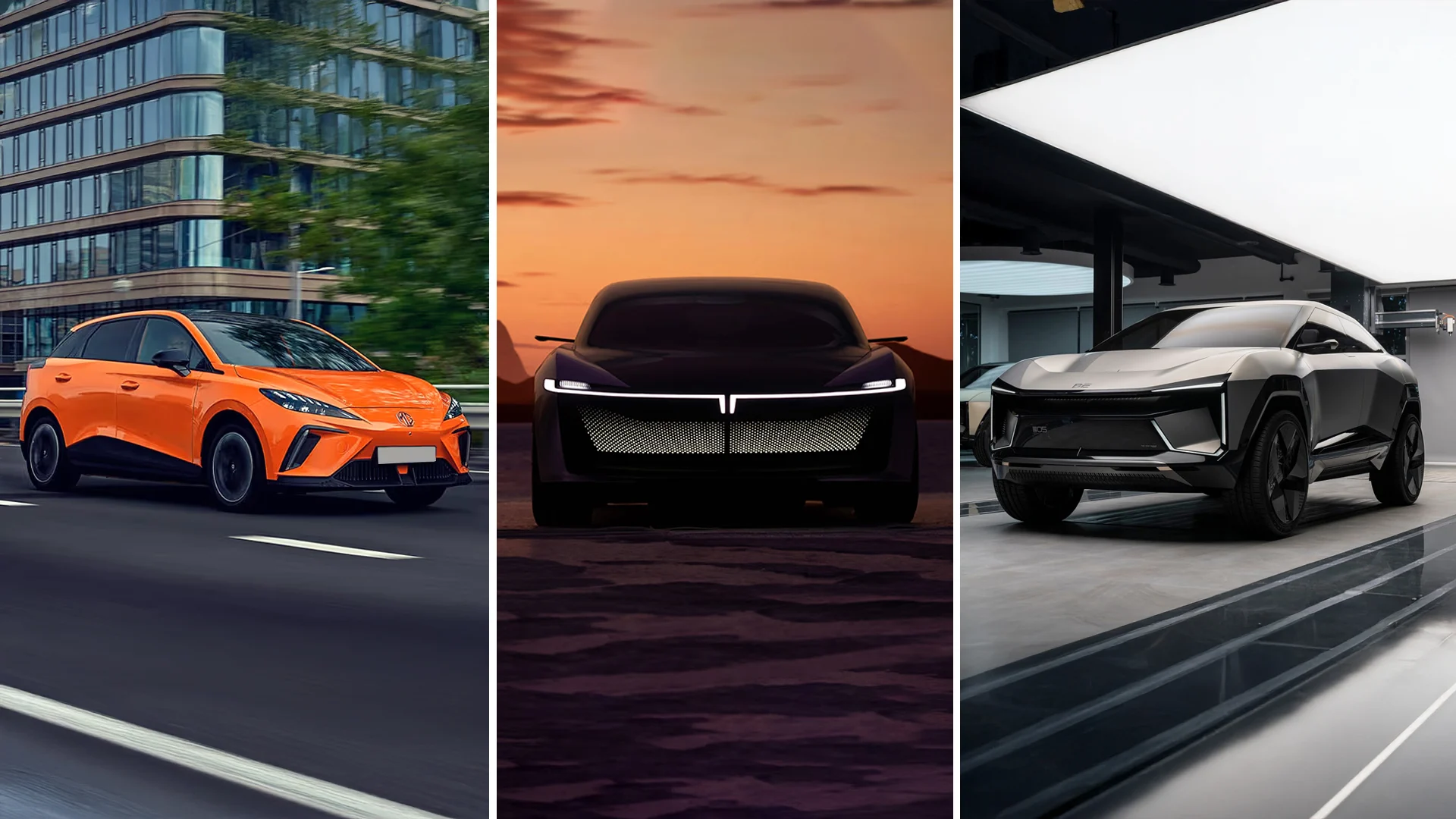Automatic High-Beam Control (AHBC) is an advanced driver assistance feature designed to improve nighttime driving safety by automatically adjusting the vehicle’s headlights. This technology enhances visibility while minimizing the risk of blinding oncoming drivers, thereby reducing the chances of accidents during low-light conditions. Here’s a comprehensive overview of how Automatic High-Beam Control works, its benefits, and its role in modern automotive safety.
You Might Also Like: New advances in auto technology
How Automatic High-Beam Control Works
Automatic High-Beam Control uses a combination of sensors, cameras, and sophisticated algorithms to manage the vehicle’s high-beam headlights. Here’s a step-by-step explanation of the process:
-
Sensors and Cameras: The system is equipped with a camera, typically mounted near the rearview mirror or on the front grille. This camera continuously scans the road ahead, monitoring traffic conditions, road signs, and the presence of other vehicles.
-
Data Processing: The camera feeds data to the onboard computer, which analyzes the information to determine if the high beams can be safely activated. This includes detecting the headlights of oncoming vehicles, the tail lights of vehicles ahead, and any ambient lighting conditions.
-
Beam Adjustment: When the system detects that the road ahead is clear of oncoming traffic or vehicles in front, it automatically switches on the high beams to provide maximum illumination. Conversely, when it detects other vehicles, the system dims the high beams to low beams to avoid dazzling other drivers.
-
Reactivation: Once the system no longer detects other vehicles and the road is sufficiently illuminated, it automatically reactivates the high beams. This process ensures that the driver always has optimal visibility without needing to manually adjust the headlights.
Benefits of Automatic High-Beam Control
Automatic High-Beam Control offers several benefits, enhancing both safety and convenience for drivers:
-
Enhanced Visibility: By automatically adjusting the high beams, AHBC ensures that drivers have optimal illumination of the road ahead without the need to manually switch between high and low beams. This enhanced visibility helps in identifying potential hazards, road signs, and pedestrians more effectively.
-
Reduced Driver Fatigue: Constantly switching between high and low beams can be tiring for drivers, especially during long nighttime drives. AHBC alleviates this burden by managing the headlights automatically, allowing the driver to focus on the road without frequent manual adjustments.
-
Minimized Glare for Other Drivers: High beams can cause significant glare for oncoming drivers and those in front. AHBC reduces this risk by automatically dimming the high beams when necessary, thus preventing the temporary blindness of other road users and promoting safer driving conditions for everyone.
-
Increased Safety: By maintaining optimal visibility and reducing glare, AHBC contributes to safer driving conditions. This feature helps in preventing accidents that could occur due to poor visibility or unintended glare, especially on poorly lit roads or in adverse weather conditions.
-
Convenience: The automatic adjustment of headlights eliminates the need for manual intervention, making nighttime driving more convenient and less distracting. This seamless integration of technology allows drivers to maintain a smooth and focused driving experience.
Challenges and Considerations
While Automatic High-Beam Control offers numerous advantages, there are some considerations and limitations associated with the technology:
-
Sensor Limitations: The effectiveness of AHBC depends on the quality and placement of the sensors and cameras. Dirt, rain, or fog on the camera lens can impact its ability to detect other vehicles accurately, potentially affecting the system’s performance.
-
Inconsistent Road Conditions: The system may not always perform optimally in certain road conditions, such as poorly lit rural areas, or when encountering obstacles that block the camera’s view. It’s essential for drivers to remain attentive and ready to manually adjust the headlights if necessary.
-
Legal and Regulatory Variations: The implementation and functionality of AHBC can vary depending on regional regulations and manufacturer standards. It’s important for drivers to understand how the system operates in their specific vehicle and comply with local traffic laws regarding headlight use.
-
System Calibration: Regular calibration and maintenance of the camera and sensors are crucial for ensuring the proper functioning of AHBC. Manufacturers typically provide guidelines for maintaining the system, and drivers should follow these recommendations to ensure optimal performance.
Conclusion
Automatic High-Beam Control represents a significant advancement in automotive lighting technology, offering enhanced safety and convenience for nighttime driving. By automating the management of high and low beams, AHBC improves visibility, reduces driver fatigue, and minimizes glare for other road users. While there are challenges and considerations to be aware of, the benefits of AHBC contribute to a safer and more enjoyable driving experience. As automotive technology continues to evolve, features like AHBC play a crucial role in advancing road safety and driving comfort.
You Might Also Like : New advances in auto technology










 (1)_1766386591.webp)